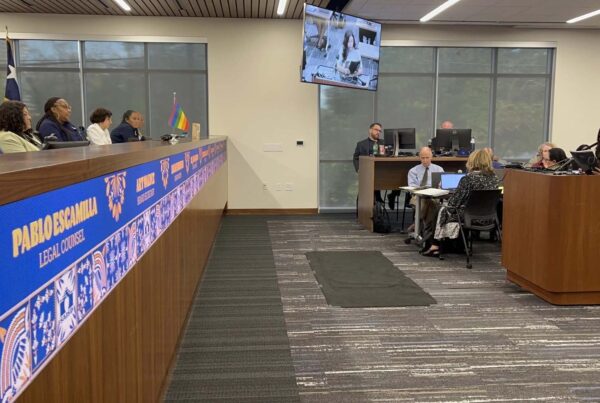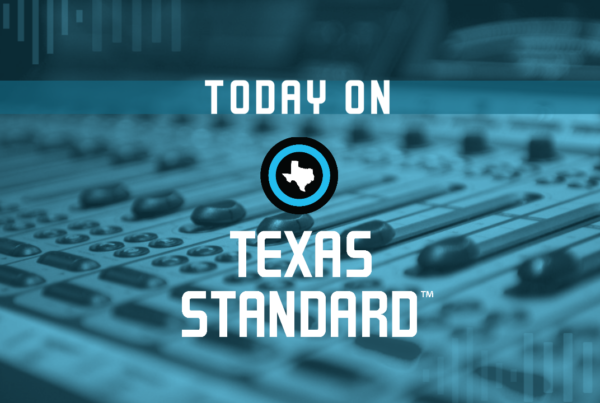For the first time in over three years, borrowers are once again due to make payments on their student loans.
The COVID-era forbearance officially came to an end this month when interest rates resumed accruing. And for nearly 4 million Texans, that means making sure they’re ready to pay their first bill in October.
So what do Texans need to know? Betsy Mayotte, president of the Institute of Student Loan Advisors, shared five tips with Texas Standard that borrowers can take advantage of as repayments loom.
1. Confirm who your servicer is
Mayotte says one of the first steps to take is to visit studentaid.gov and to check who your servicer is.
“What borrowers may not realize is during the three-plus-year pause, something like 17 million accounts changed servicers. So checking to see who’s actually holding your loans right now is a really important first step,” Mayotte said.
2. Update your contact information
In the years since the initial pause, a lot could have transpired in one’s personal life – a move to another city, perhaps. Mayotte said it’s important to make sure the ways your servicer can reach you with information regarding your loan are updated, and to keep an eye out for correspondence.
“Snail mail, email, cell phone, passenger pigeon, owl – whatever your preferred method of communication is,” Mayotte said. “Then make sure to open all those things – you don’t want to miss setting important deadlines.”
3. Assess what your payment will be
Now, Mayotte says, is when the “fun” stuff begins.
She says the next step is to look and see what your payment is set to be when October rolls around. But while financial circumstances may have changed over the last few years, Mayotte says you can always use Department of Education tools, like the student loan simulator, to assess what a new monthly payment would be under plans that you’re eligible for.
But, even while you’re working out a refinance situation, Mayotte says it’s important to make sure you’re still making your payments even if the department is aiming for a “soft landing” for repayments to where missing a payment will not hurt your credit.
“It doesn’t mean the payments aren’t due. It’s absolutely due,” Mayotte said. “But they don’t have to worry about it being reported to the credit bureaus.”
In addition, interest on your loan started accruing Sept. 1 and will continue to do so.
» RELATED: What is Biden’s new income-driven student loan repayment plan?
4. Selecting refinancing options
While there are numerous options open to borrowers that can be explored using tools like the student loan simulator, one option Mayotte “almost never” recommends is refinancing into a private loan, even if you may be able to get a lower interest rate with one.
“The reason I almost always discourage that action, despite the potential of a lower interest rate, is that federal student loans are unique in that they have a wide variety of safety nets if you should run into some financial trouble, whether that be a lower payment option, loan forgiveness programs such as public service loan forgiveness, or there’s a forgiveness component baked into the plans that are based on your income,” Mayotte said. “There’s even discharges if something really terrible happens, such as a disability or being defrauded by your school. You lose all of those safety nets if you refinance a federal loan into a private.”
Mayotte says there’s an abundance of options available to federal student loan borrowers to lower their payment options, and they fall under two categories.
“There’s the lower payment options that your payments are going to be based on your balance,” Mayotte said. “And what those look like is it’s either interest-only payments for a while or extending the term of the loan to lower the payment.
And then there’s the other bucket of lower payment options where the payment is exclusively based on your income and family size.”
5. Sign up for automatic payments
The last tip Mayotte shared was one that covers the vast majority of borrowers – holders of Stafford loans, Graduate PLUS loans, Parent PLUS or consolidation. She says these borrowers can get a quarter point discount simply for signing up for automatic payments, which you can do directly through your servicer.
“The only people that aren’t necessarily eligible for that are people whose loans are in default,” Mayotte said.














